Is your iPhone giving you trouble when it comes to charging? You’re not alone! A non-responsive iPhone charging issue is a common problem faced by many users. But don’t worry—this troubleshooting guide will help you get your device charging again, whether it’s not charging at all, charging slowly, or charging intermittently.
In this article, we’ll walk you through the steps to troubleshoot and fix a non-charging iPhone. From checking your charging cable and power source to updating your iPhone’s software, we’ll cover all the potential causes and solutions. You can avoid the hassle of heading to the Apple Store by following this guide and resolving the issue yourself.
Let’s dive into how you can get your iPhone charging properly again.

Common Causes of Non-Responsive iPhone Charging Issues
Before jumping into fixes, it’s important to understand what might be causing your iPhone charging problem. Below are the most common culprits:
1. Faulty Charging Cable
One of the most frequent causes of a non-responsive charging issue is a damaged charging cable. Cables can fray, wear out, or break over time, especially with frequent use. Inspect the cable for visible damage, fraying, or exposed wires. Even if the cable looks intact, internal damage may still affect charging performance.
2. Power Source Issues
The problem may also lie with the power source you’re using. If you're charging through a wall adapter, check the outlet to ensure it’s working properly. Sometimes, power strips or outlets fail, or they might not be providing enough power to charge your device. Additionally, third-party adapters not certified by Apple can cause compatibility issues, so always use Apple-certified charging accessories.
3. Environmental Factors
Extreme temperatures, both too hot and too cold, can also interfere with your iPhone’s ability to charge. Apple recommends keeping your device in environments between 32° to 95° F (0° to 35° C). If your iPhone is in an environment outside this range, it might refuse to charge, or charge very slowly.
How to Fix a Non-Responsive iPhone Charging Issue
Now that we’ve covered potential causes, let’s look at how to fix the issue step by step.

1. Check the Charging Cable and Adapter
Start by checking the charging cable and adapter for any visible signs of wear. Look for frayed edges, exposed wires, or bent connectors. If the cable appears damaged, replace it with a certified Apple cable or a MFi (Made for iPhone) certified alternative.
Additionally, inspect the charging adapter for damage such as burn marks, cracks, or irregularities. If you have another adapter, test it to see if your iPhone charges properly. Using an official or certified adapter is crucial for optimal performance.
2. Clean the Charging Port
A dirty or obstructed charging port can prevent your iPhone from charging properly. Dust, lint, and debris can accumulate over time and block the connection between your iPhone and the charging cable.
To clean the charging port:
- Turn off your iPhone to avoid damage or short-circuiting.
- Use a flashlight to inspect the port for debris.
- Gently use a soft-bristled brushor a toothpick to remove any lint or dust.
- If necessary, use compressed air to blow out any stubborn particles.
Be gentle when cleaning to avoid damaging the internal components of the charging port. Regular maintenance can help prevent future charging issues.
3. Reset Your iPhone
If your iPhone still isn’t charging, a soft reset might fix the issue. This can clear minor software glitches that interfere with the charging process.
To reset your iPhone:
- Hold down the power buttonand volume down button (for most models) until the Apple logo
- After the reset, plug in your charger and check if the charging issue is resolved.
A simple reset can help refresh your system and solve minor software-related charging problems.
4. Update Your iPhone’s Software
Sometimes, outdated software can cause charging issues. Apple regularly releases iOS updates that improve battery management and fix bugs that may affect charging.
To update your software:
- Go to Settings> General > Software Update.
- If an update is available, tap Download and Install.
After updating, try charging your iPhone again to see if the issue is resolved. Keep your device updated regularly to avoid future charging problems.
Additional Troubleshooting Steps
If the above steps haven’t resolved the issue, it may be time to investigate potential hardware problems.

1. Check for Hardware Issues
If your iPhone is still not charging, check for hardware issues, such as a faulty battery or internal component damage. To check battery health:
- Go to Settings> Battery > Battery Health.
- If the maximum capacityis significantly reduced, you may need to replace your battery.
Also, look for signs of physical damage, like cracks or water exposure, which could affect the charging functionality. If you suspect hardware damage, it’s best to take your iPhone to an Apple Store or authorized service provider for inspection.
2. Contact Apple Support
If none of the troubleshooting steps work, it’s time to contact Apple Support. Apple’s support team can help identify any deeper issues with your device. You can reach Apple Support via:
- The Apple Support app
- Apple’s official website
- Visiting an Apple Storeor authorized service provider.
Be sure to have details about the issue and any troubleshooting steps you’ve already taken. If your device is under warranty or covered by AppleCare, repairs may be free of charge.
Alternative Charging Methods
If you’re in a pinch and your iPhone won’t charge through the usual method, consider these alternative charging solutions:
1. Wireless Charging
If your iPhone is compatible with wireless charging (iPhone 8 and later), try using a Qi-certified wireless charger. Simply place your iPhone on the charging pad and see if it charges.
2. Power Bank
A portable power bank can be a great backup solution. Connect your iPhone to the power bank using a compatible charging cable. Make sure the power bank is fully charged before using it.
3. Borrow a Cable
If you suspect your charging cable is faulty but still need to charge your device, borrow a compatible cable from a friend or family member. This test will help determine whether the cable is the problem.
Preventing Future Charging Issues
To avoid future charging problems, follow these simple tips:
- Use High-Quality Charging Accessories: Invest in certified Apple cables and adapters. Avoid cheap, non-certified accessories that can cause damage.
- Regular Maintenance: Clean the charging port periodically to remove debris and lint.
- Monitor Battery Health: Keep an eye on your iPhone’s battery health and replace it when necessary.
- Avoid Charging While Using: Try not to use your iPhone while it’s charging, as this can generate excess heat and affect battery health.
- Avoid Deep Discharges: Try not to let your iPhone’s battery drain completely before charging. Keeping the battery between 20%-80% is ideal for long-term battery health.
Conclusion
Troubleshooting a non-responsive iPhone charging issue doesn’t have to be complicated. By following this step-by-step guide, you can identify and fix the problem quickly. Whether it's a damaged cable, a software glitch, or a deeper hardware issue, there’s a solution to get your iPhone charging again.
By maintaining your iPhone, using certified accessories, and keeping your software up-to-date, you can prevent charging problems from occurring in the future. If all else fails, don’t hesitate to contact Apple Support for expert assistance.
Take control of your iPhone’s charging issues and restore your device’s functionality today!
FAQ
Q1: Why won’t my iPhone charge even when plugged in?
A: This could be due to a faulty charging cable, a power source issue, or an obstruction in the charging port. Check these areas to diagnose the problem.
Q2: How do I fix slow charging on my iPhone?
A: Slow charging could be caused by using a non-certified charging cable or an insufficient power source. Use an Apple-certified charger and adapter for optimal charging speed.
Q3: How can I tell if my iPhone’s battery is damaged?
A: Go to Settings > Battery > Battery Health. If the maximum capacity is significantly reduced, it may be time to replace the battery.
Related reading:

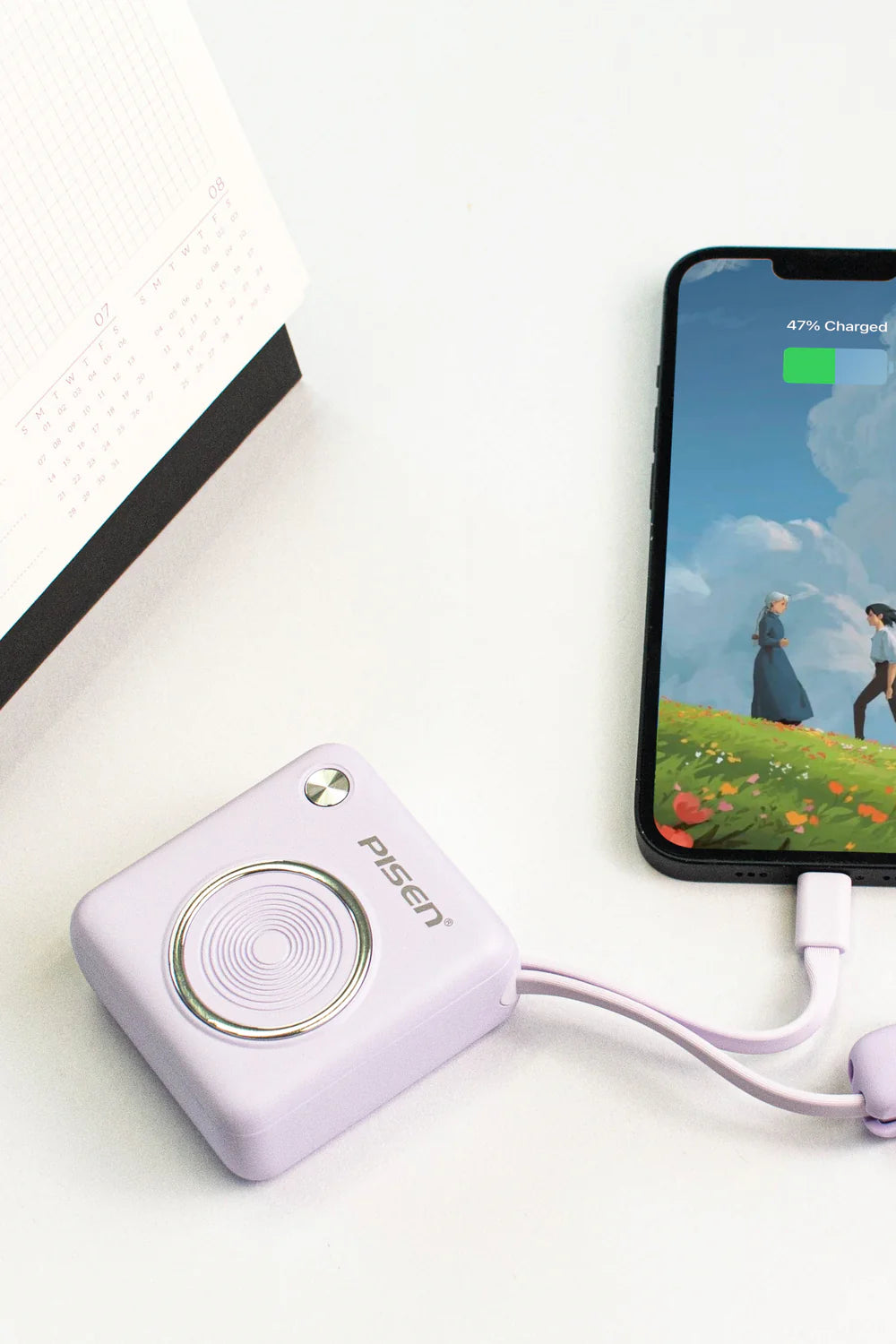
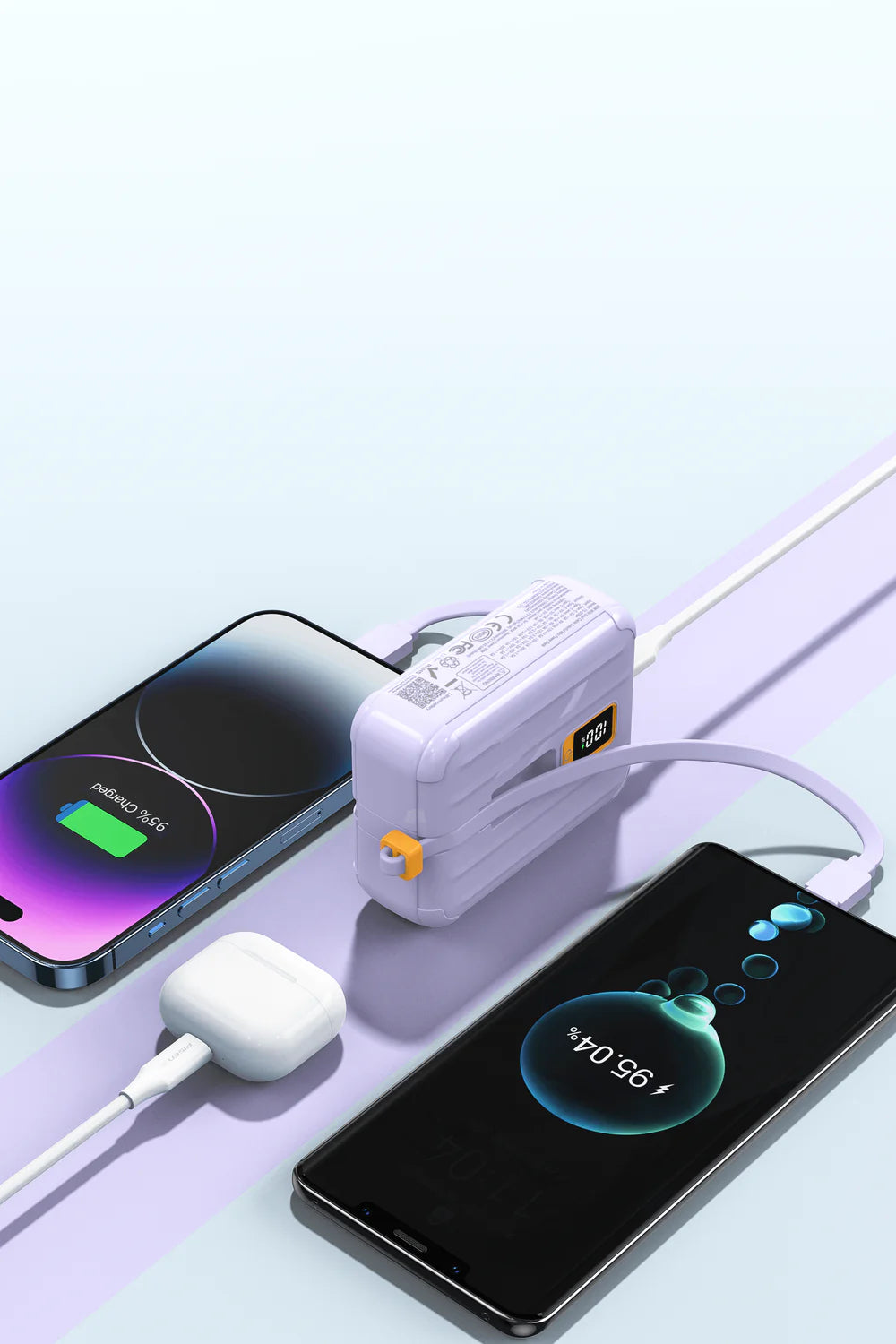
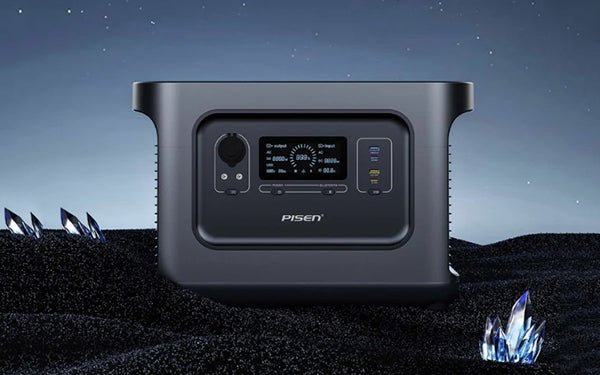
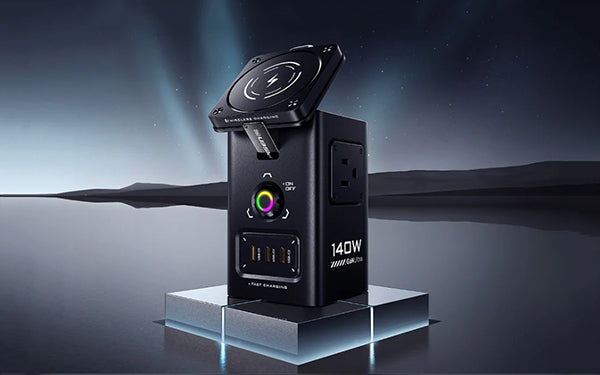
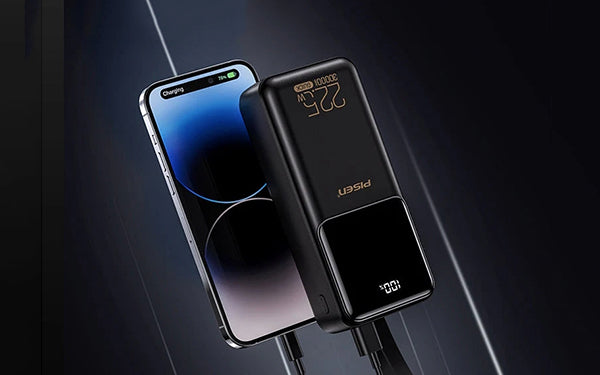




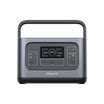
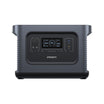

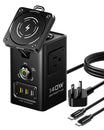


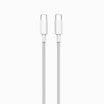


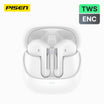
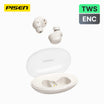
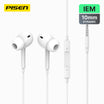

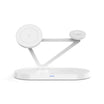
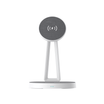


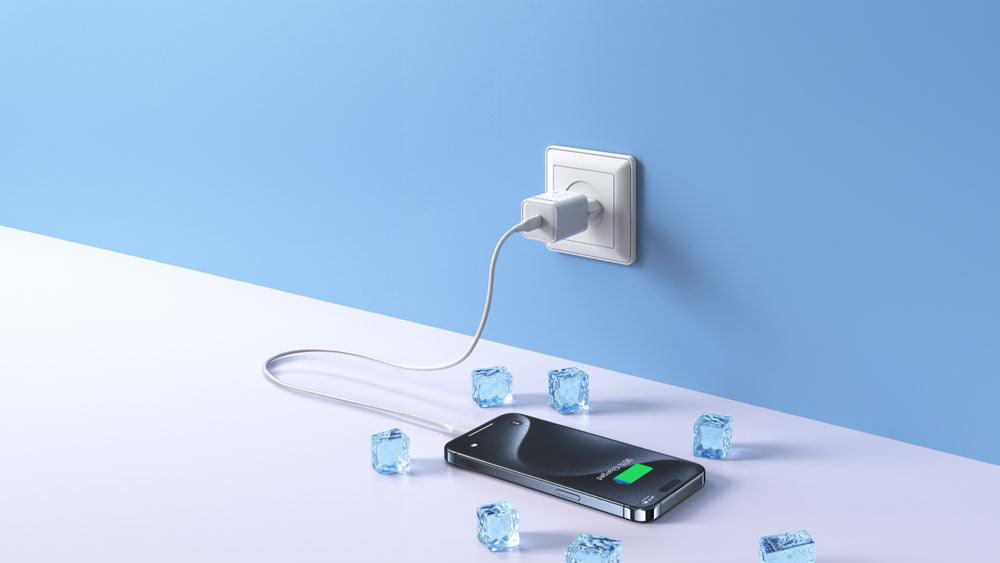
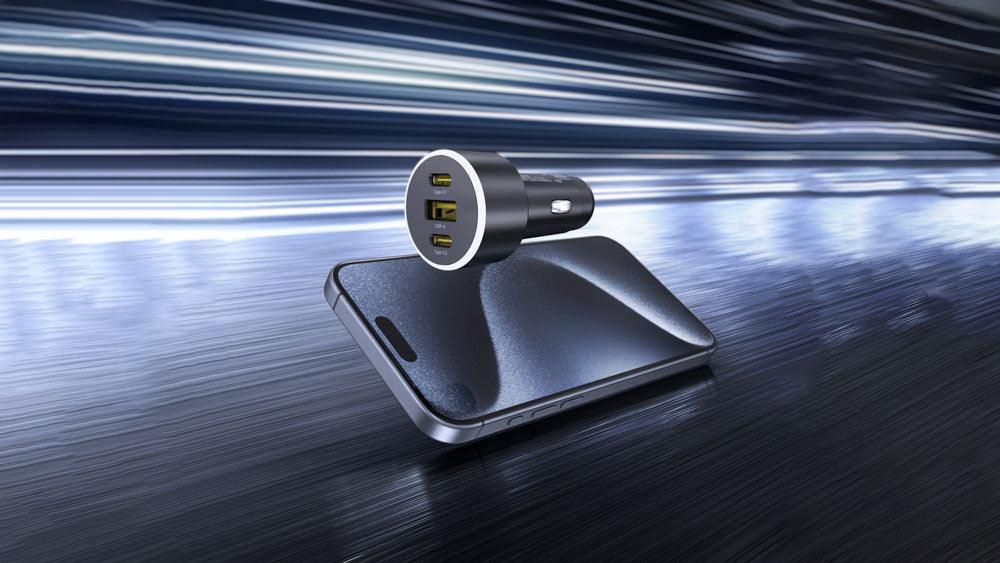
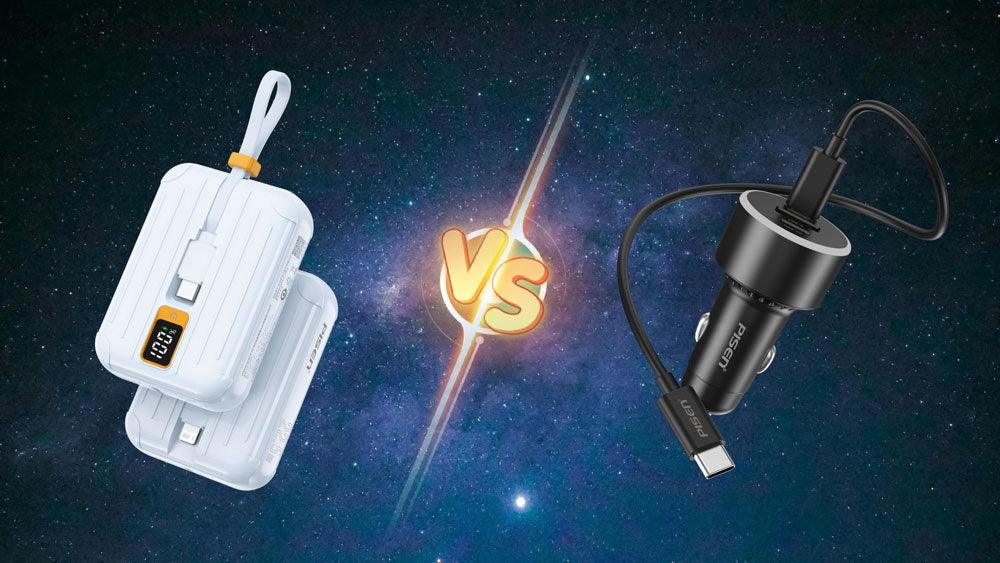
Leave a comment
This site is protected by hCaptcha and the hCaptcha Privacy Policy and Terms of Service apply.